
Human papillomavirus (HPV) is a group of common pathogens that can infect the skin and mucous membranes. Basically, the pathology is diagnosed in patients from 20 to 30 years old, as well as in children under 5 years old. According to statistics, about 22 percent of the world's population is a carrier of HPV. Many patients are affected by several strains at the same time.
Currently, more than 190 genotypes of the pathogen are known. They differ in DNA structure, course, and potential complications. 30 pathogens can infect the epithelium of internal and external genital organs. It should be noted that many HPV strains are characterized by clear carcinogenic activity. Thus, the virus often causes life-threatening complications: malignant tumors of the vagina, vulva, anal tract, genitals.
Causes of HPV
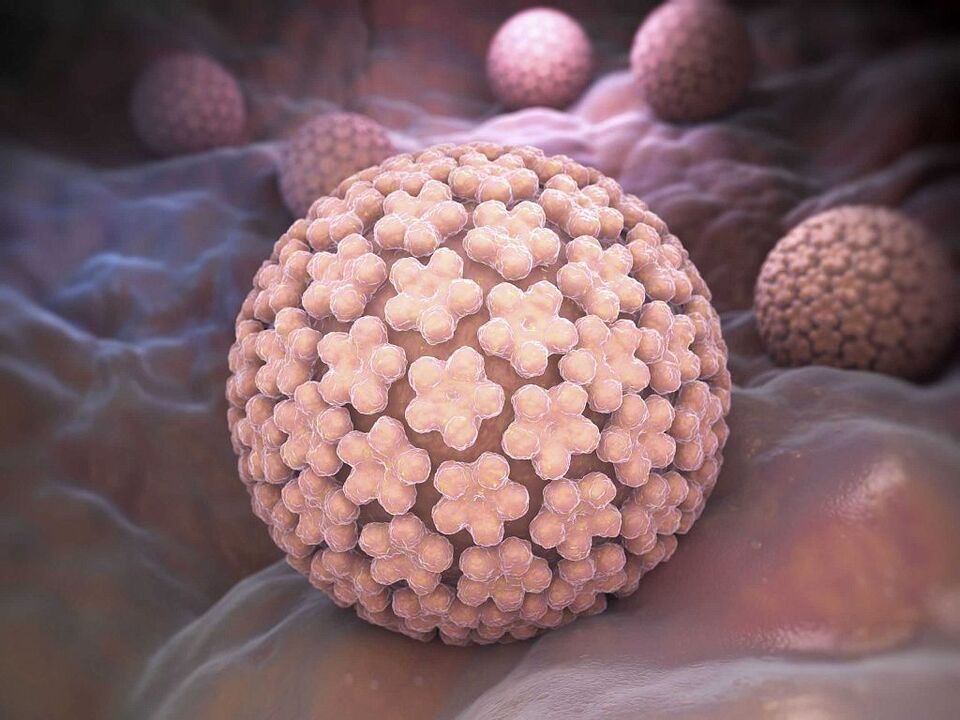
The only cause of infectionhuman papillomaviruscomes into contact with the causative agent of the disease. However, some factors significantly increase your chance of infection. Exactly:
- Refusal to use barrier contraception. Only a male or female condom, as well as special latex napkins, can protect against infection.
- Frequent change of sexual partners. If you do not pay enough attention to your own safety, the risk of infection increases significantly.
- Do not start sex early. Sexual intercourse during adolescence often leads to HPV infection due to an irresponsible attitude to prevent the transmission of the pathogen.
- Non-compliance with hygiene rules. Insufficient self-care leads to an increase in pathogenic microflora on the skin and mucous membranes, which negatively affects susceptibility to viruses.
- Bad habits. The body's immune defense is significantly affected by addictions: alcohol abuse, smoking and taking psychoactive substances.
- Weakened immunity. The causes of the condition can be vitamin and mineral deficiency, past diseases and psycho-emotional overload.
- Long-term drug treatment. Hormonal drugs taken for a long time have a particularly noticeable effect.
- Traumatic injuries. Damage to mucous membranes and skin becomes the "gateway" of infection.
- Chronic stress. They also affect the patient's immune system and hormonal background.
- Gynecological interventions. Risk factors for HPV include miscarriage or abortion.
- Pregnancy. Often, the disease appears for the first time during pregnancy. Pregnancy is associated with increased stress in the body, which increases susceptibility to pathogenic flora.
Risks include certain diseases such as uterine dysplasia. Regular preventive visits to the gynecologist and urologist help to significantly reduce the risks.
Symptoms
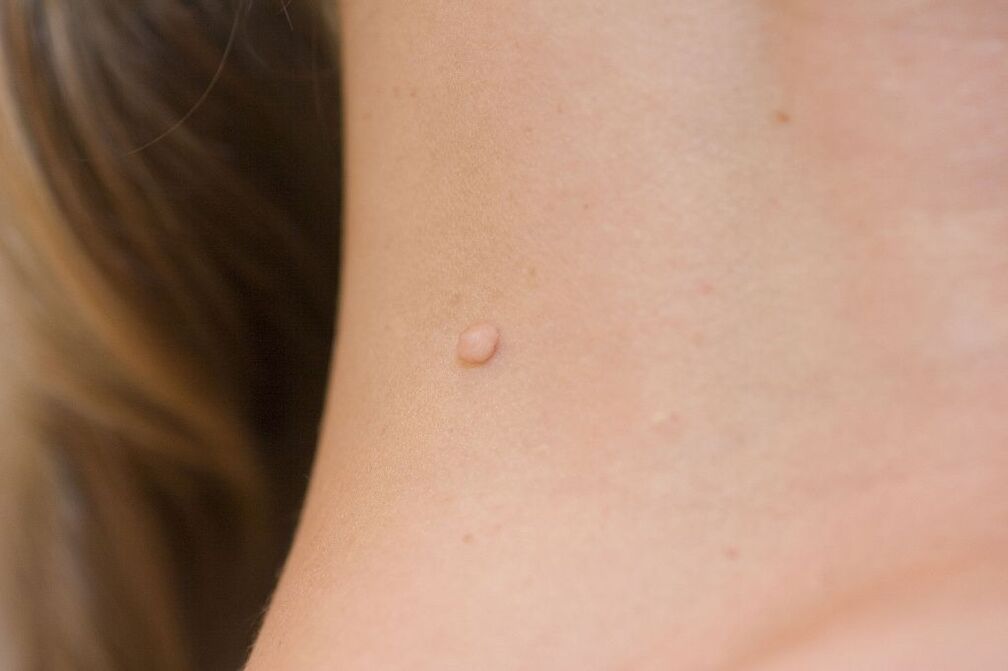
Of the total number of carriers of the pathogen, clinical manifestations of the papilloma virus are detected in only 5-10 percent of patients. The first symptoms may appear several months or several years after infection. But in this case, a person poses a danger to others. It can be transmitted through contact with other people. Symptoms can be divided into subjective and objective characteristic manifestations of HPV, which indirectly indicate pathology. Subjective symptoms include:
- Papules. These are single or multiple formations that protrude above the skin or look like spots. They appear on the skin and mucous membranes of the urogenital region.
- Itching of the skin. The patient often complains of itching in the genital area or other areas of the skin.
- Paresthesia. This is a sensitivity disorder in the affected area. The opposite manifestation often occurs - dyspareunia. In this case, any contact brings pain.
- Urinary dysfunction. There is a burning sensation, itching and pain when emptying the bladder. If the urethra is affected, urination can become significantly more difficult.
- Cracks. Bleeding cracks form on the skin and mucous membranes, causing severe pain.
Such clinical manifestations may indicate various diseases of the genitourinary system. Objective symptoms of HPV allow to make an accurate diagnosis. Such signs include:
- Genital warts. It is an elevation above the surface of the skin, characterized by an elongated finger-like shape. It is localized in the genital area. They differ in a certain pattern: colored or looped.
- Papular warts. It appears in the keratinized areas of the genitals. It can be straight or regular.
- Stains. The nature of stains is different. There are bright reds, browns with red undertones, pink-reds, grays and whites.
- Bowen's disease. These are papules or spots characterized by a shiny or velvety surface. The shade varies from red to almost black.
- Giant condyloma. It is a small formation that gradually increases in size and merges into one.
- Respiratory papillomatosis. In this case, formations are localized in the oral cavity, respiratory tract and lungs.
Also, in late stages, HPV can manifest itself as cervical cancer in women. In 2008, it was discovered that this particular virus was the cause of the malignancy. Cervical cancer does not occur as an independent disease. Pathological severe bleeding, pain in the abdomen and back, discomfort during intercourse, etc.
Transmission routes
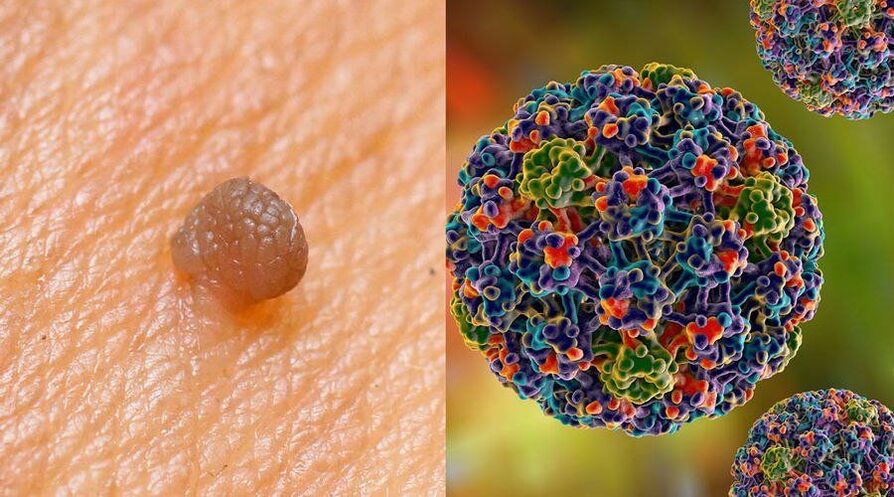
Doctors and scientists still argue about the infectivity of the human papillomavirus. A number of experts believe that a single contact with an asymptomatic carrier without using barrier contraception is enough for the probability of transmission of the pathogen to a healthy partner to reach 70 percent. Other doctors say that such risks are relevant only in contact with papilloma carriers. Statistics show that the transmission of the virus to a healthy person in regular proximity takes up to 6 months.
Infection can occur in different ways. How the papillomavirus is transmitted:
- Sexual transmission. The main way of infection is sexual contact. When using a condom, the risk is reduced to 10 percent. However, the pathogen can penetrate during other intimate manipulations, for example, during kissing.
- From mother to baby. A newborn child can be infected with HPV from the mother while passing through the reproductive system. Typical consequences of this condition are cases of laryngeal papillomosis and anogenital warts.
- Communication and household way. The virus is also transmitted through ordinary household contacts. Often this happens in public places. The risk of infection is especially high in baths, saunas, gyms and swimming pools. Public toilets.
- Autoinfection. This is the transmission of the virus from the affected area to a healthy one, which occurs during shaving and hair removal.
Pathogenesis
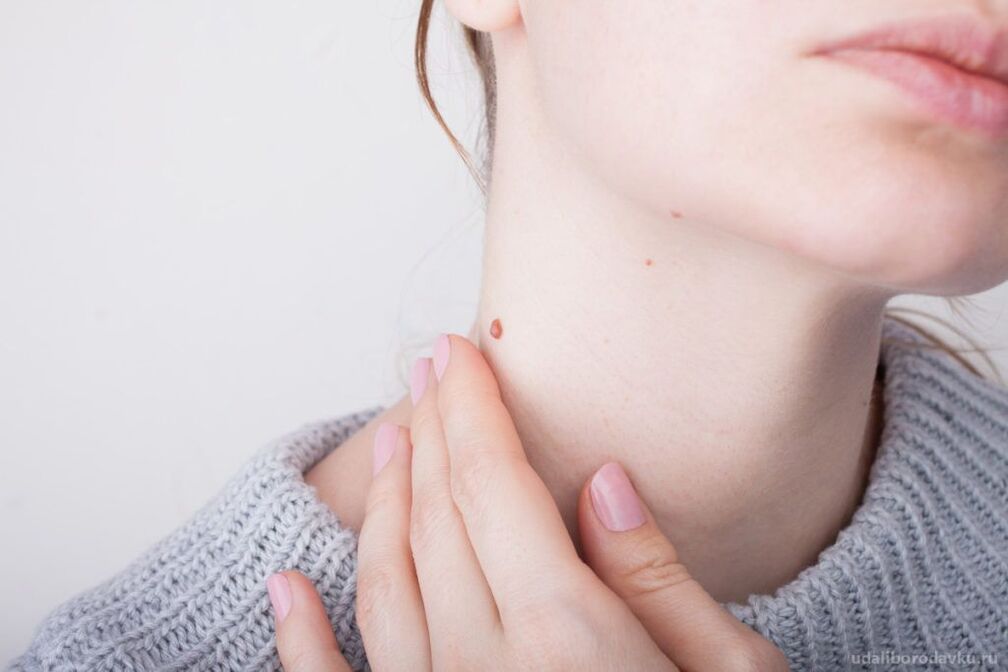
Pathogenesis is significantly influenced by the basic ability of HPV. This is the only virus that does not penetrate the blood and therefore does not cause an inflammatory process. In a simplified form, the pathogenesis of human papillomavirus is as follows:
- Infection. The source of viral agents can be another person or objects in common use. The risk of transmission of microtraumas on the skin and mucous membranes increases significantly: wounds, cuts, cracks, acne.
- Incubation period. Pathologies that develop as a result of HPV penetration into the body usually have a hidden beginning. There is no exact period of incubation of this disease. The stage takes 1-3 months or reaches 2-3 years.
- Chronic presence Despite the absence of clinical manifestations, the disease is constantly progressing. A person becomes a source of viral agents for others.
- Visual manifestations on the skin. The result of infection is the appearance of a benign or malignant formation where the virus entered.
At the initial stage, the pathogen affects the basal epithelial layer, which is mainly localized in the mucous membranes of the genitals, oral cavity and conjunctiva. The viral agent is able to reproduce only within the basal epidermis without penetrating the bloodstream. Due to this feature, the body's immune system cannot fully fight against the pathology, but has extremely limited activity.
The main cause of oncological pathologies against the background of HPV is the increased release of special proteins that affect the process of cell division. Above all, the proteins responsible for preventing tumorigenic changes, controlling the life cycle and protecting against replication in case of DNA damage are affected.
Classification
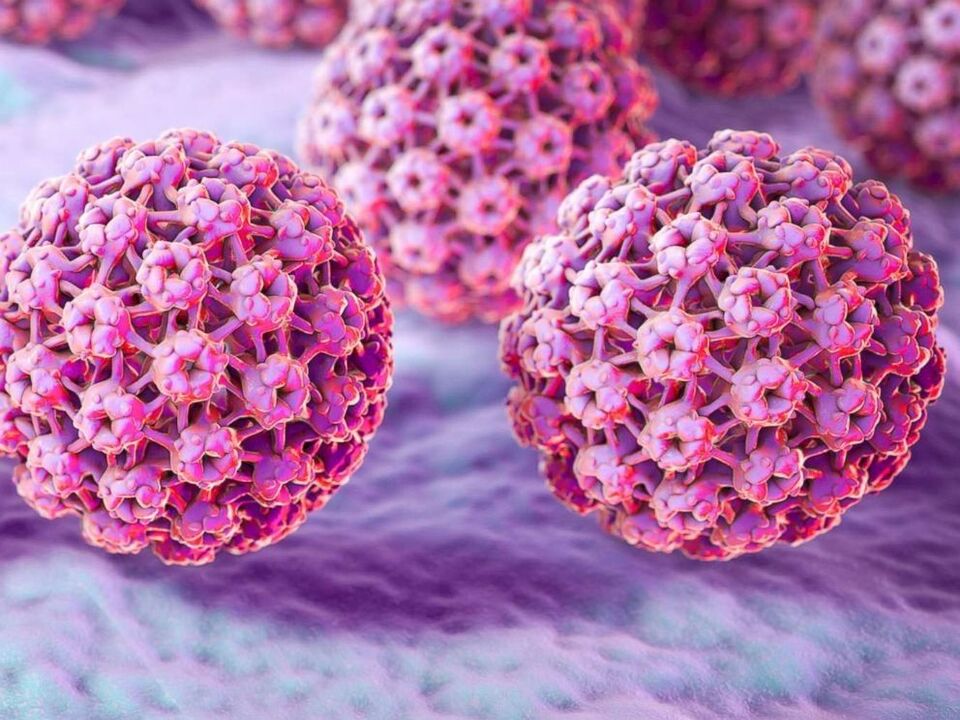
Due to the variety of strains, HPV types also differ significantly from each other. Therefore, many experts use several classifications of the pathogen at the same time. Thus, depending on the clinical picture, all cases of HPV can be divided into asymptomatic and characteristic manifestations. There is a subclinical course in which periods of exacerbation are recorded. They differ by location:
- Leather. This type of human papillomavirus causes it to form on the skin of an infected person.
- Anogenital. At this time, papillomas can be detected mainly in the mucous membranes of the genitals and the anal region.
Often, the main cause of concern for the patient is the external symptoms of HPV. When evaluating a pathogen, doctors pay more attention to the carcinogenicity of the strain. Exactly:
- HPV types that cannot cause malignant tumors. These include strains 1-5, 10, 28 and 49.
- Types of pathogens with reduced oncogenic activity. They can cause cancer, but very rarely. Among such strains are 6. 7, 32, 40-44, etc.
- It is characterized by moderate oncogenicity. The rate of transformation of affected cells into cancer cells is quite high. The group includes 52-58, 30, 26 and other strains.
- Dangerous forms of human papillomavirus. It is these strains that mainly cause the formation of malignant tumors. This includes 16, 18, 64, 73 and others.
Diagnosis of human papillomavirus
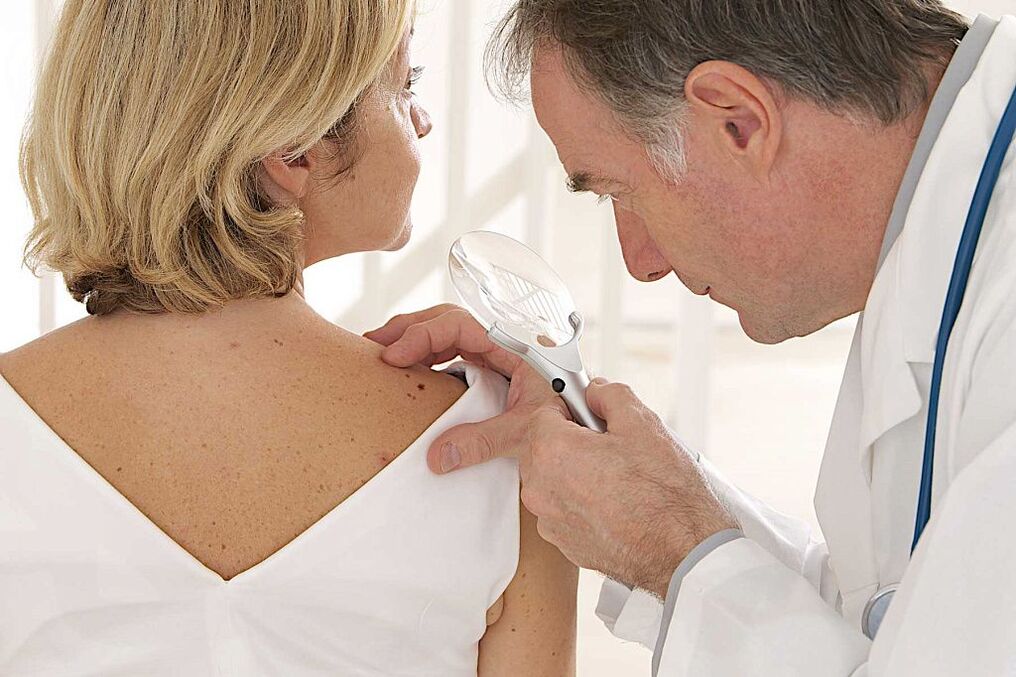
Various diagnostic methods help to identify papillomas in men and women. Thus, only molecular biological studies are effective for making a diagnosis in a patient with a latent form. The most common and popular method is PCR. It aims to determine the genetic characteristics of the material taken from the patient. PCR helps to determine not only the fact of infection, but also the specific strain of HPV. Subclinical and clinical forms can be diagnosed by the following methods:
- Simple colposcopy. Papillomas, warts and spots can also be detected during a routine visual examination. Colposcopy refers to the examination of the vaginal opening using a special binocular device. The examination may be accompanied by the collection of biological material for research.
- Extended colposcopy. Additional tests are used during the examination. A test using 3% acetic acid, which causes vasoconstriction of unchanged blood vessels, is indicative. In addition, an adrenaline test and a Chrobak test (if cancer is suspected) may be recommended.
- Cytological examination. Material from epithelial or skin cells is needed to perform the diagnostic procedure. The sample is used to determine the DNA of the virus and also to rule out cancerous tumors. Typically, cytology detects only the most oncogenic types of viruses.
In women, it is better to plan the collection of biomaterial for the papilloma virus in the first half of the menstrual cycle, but not earlier than the fifth day. As a last resort, if it is more than 5 days before menstruation, you can donate biological material later. You should not shower the vagina before the procedure. It is worth excluding sexual intercourse two days before the collection. A similar rule applies to intravaginal ultrasound and colposcopy.
When men are diagnosed with HPV, material is collected from the urethra. It should be at least two hours since your last urination. It is important to avoid intimacy for 48 hours before the test. Otherwise, the research may show wrong results.
Complications
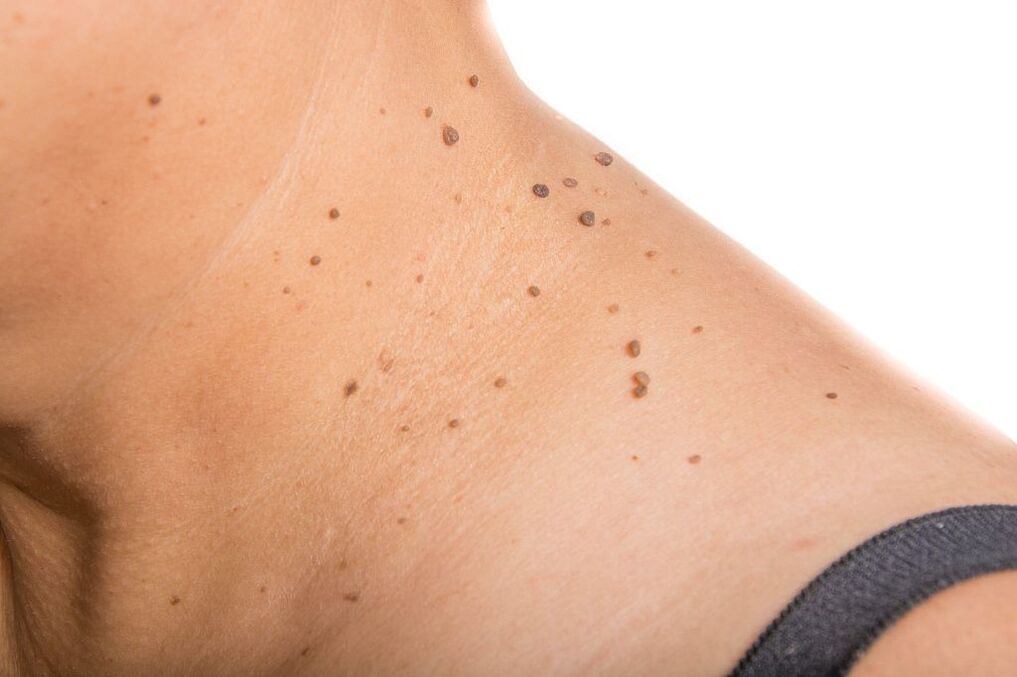
Complications of pathology include excessive growth of warts and papillomas. In rare cases, purulent-septic processes occur against the background of damage to the formation. Typical consequences of infection with oncogenic strains are the following conditions:
- Anal cancer. 80 percent of cases of detection of this malignant tumor are associated with HPV infection. Also, negative factors affecting the occurrence of anal cancer include anal sex, smoking and genetic predisposition. The disease may not manifest itself for a long time. Typical symptoms of the condition are rectal bleeding, itching, and a foreign body sensation.
- Vaginal cancer. 70 percent of patients with this diagnosis suffer from human papillomavirus. The disease usually occurs in women over 40 years of age. Representatives of the fair sex over the age of 70 are more susceptible to pathology. In the first stages, the symptoms can be confused with menstruation. In addition, pain in the pelvic area, constipation and tightness in the vagina appear.
- Cancer of the oral cavity and pharynx. One third of diagnoses are the result of HPV infection. The patient complains of pain during swallowing and eating. In a quiet state, there is a sensation of a foreign body in the larynx. In the later stages, general weakness, nausea, and loss of performance appear.
- Penile cancer. 50 percent of diseases are caused by viruses. It is a rare malignant tumor involving a localized tumor process in the male genital organ. The pathology is typical for men over 60 years old.
HPV treatment

There is currently no effective treatment for HPV. Therapeutic tactics for the papilloma virus can be established in two ways:
- Infection alerts. Unfortunately, even regular use of contraception and careful approach to hygiene cannot protect a person from infection. Of course, this greatly reduces the chances. However, most cases of transmission of the pathogen are recorded in adolescents, in people aged 15-16 years. By the age of 25, the first symptoms are already visible. For a clear effect, prevention should be carried out from an early age.
- Treatment of diseases caused by human papillomavirus. If tension causes a malignant or benign formation, therapy is required for the identified pathology. Papillomas are removed in cosmetic or medical offices. Cancerous tumors require complex multi-stage treatment depending on the stage.
Of course, there is good news. Thus, people with a normally functioning immune system can fight HPV on their own for two years. Patients infected during adolescence are free of the virus until the age of 30. Unfortunately, those who recover do not gain lifelong immunity.
Forecast
A significant part of the strains is characterized by low or moderate oncogenicity. Only certain types of viruses are associated with an increased risk of developing cancer. These statistics allow many patients to have a positive prognosis for HPV. Early detection of malignant tumors significantly increases the chance of recovery.
The discovery of a virus that can damage cells has three potential consequences:
- The virus is there, but it has not yet changed its cellular structure. In this case, the patient will be classified as a risk group. If the carcinogenic type is determined, then regular monitoring by a gynecologist or urologist is required. In addition, you should undergo periodic tests.
- Changes in CIN-1 cells were detected in the early stages. Often this condition does not require medical intervention. Typically, a repeat examination is performed once a year to ensure that the pathology does not progress.
- Significant changes were noted in CIN-1. A biopsy is required to rule out dangerous conditions. The study will determine whether the formation is of an oncological nature.
Prevention

You can prevent HPV infection by following the basic prevention rules. Important:
- Consult doctors in time. Women are recommended to visit a gynecologist 1-2 times a year. Men should visit a urologist on a similar schedule. If you have risk factors (frequent change of sexual partners, refusal of contraception) you should visit the doctor more often.
- Minimize visits to public places - swimming pools, saunas, baths. If this is not possible, then it is important to use your own towel, not to take other people's razors and not to sit on the surface with your naked body.
- Use contraception. Only barrier methods are effective. The use of oral contraceptives does not affect the strains.
- Giving up bad habits. Quitting smoking and moderate alcohol consumption will have a moderate effect on the condition of the body.
- Increase the body's immune defense. Proper nutrition, regular physical activity, following a daily routine, doing sports have a beneficial effect.
- Avoid stress. Psycho-emotional overload can have a negative effect on the immune system, so it is better to exclude them.
It is important to undergo periodic examination. If there are situations where infection can occur, it is better to do a test for HPV. There are also people who are at risk. So that:
- Patients aged 21-30 should undergo a PAP test at least once every five years (preferably using liquid cytology);
- Persons aged 30 to 65 years should undergo a Pap test for HPV with mandatory PCR for oncogenic forms every three years (16 and 18).
HPV in pregnant women

Human papillomas in women, as a rule, do not pose any special risk for giving birth to a child. Anogenital warts deserve special attention. They are localized not only in the outer lips, but also in the vagina. In some cases, they are also accompanied by a bacterial component. Anogenital warts significantly increase the risk of infection of the baby during childbirth. It is full of:
- Recurrent juvenile laryngeal papillomatosis. A similar situation is provoked by four strains of HPV. Usually, the pathology is the result of anogenital warts or genital HPV.
- The risk of cancer increases during adulthood. Exposure to the virus at such an early age has a significant impact on future cancer susceptibility.
Let's dwell in more detail on laryngeal papillomatosis. Currently, it is not fully known at what point the transmission of the viral agent occurs. Infection can occur through the placental barrier or directly at birth. The first symptoms of the pathology are hoarseness. In severe cases, the baby's voice disappears completely and it becomes difficult to breathe.
The disease can progress rapidly. A little later, the patient develops a cough and constant shortness of breath. Against the background of HPV, the child may experience asphyxia caused by blockage of the airways. Often this happens when there are papillomas on thin legs.
A special medical device called a laryngoscope is used to diagnose the disease. It can be replaced with a bronchoscope. The devices allow to identify the main symptom of the pathology - growth of the larynx (condyloma). Surgical treatment is usually recommended for children. Condylomas are removed by destruction (freezing) or cut. However, the aggressive nature of the disease often leads to relapse.
An expectant mother infected with HPV with a high degree of oncogenicity should report this to the obstetrician-gynecologist of the antenatal clinic. In this case, doctors will take all measures to prevent the virus from affecting the child's health.


















